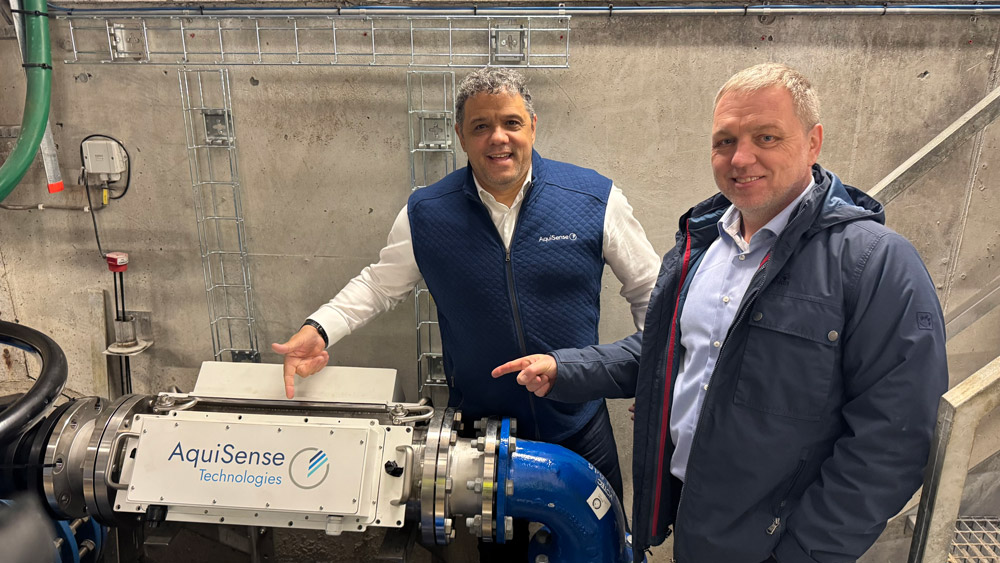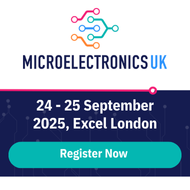News: LEDs
13 March 2025
Norwegian drinking water utility testing UV-C LEDs in pilot project for large-scale water disinfection
An international collaboration linking the US and European water industries is helping to accelerate the use of UV-C LED technology for municipal-scale water disinfection.
Norwegian utility Glitrevannverket is working with Danish engineering consultancy Rambøll and AquiSense Technologies LLC of Erlanger, KY, USA (which designs and makes UV-C LED water disinfection systems) to test multiple units designed for municipal and industrial water disinfection. The project is partly funded by the Norwegian Institute of Public Health.
The pilot project at the Setervann water treatment facility near Asker, Norway, is conducting extensive testing and analysis to assess the technical, operative and economic performance and implications for deploying UV-C LED technology. This site was chosen for its comparable water quality to many of Norway's water sources.
Outcomes will provide valuable insights and recommendations into adapting and the potential of implementing UV-LED technology across Norwegian water treatment systems and beyond.
A PearlAqua Kilo unit integrates LEDs into a unique and compact design without the use of chemicals or mercury-based UV lamps. This will ensure that the water treatment in the facility is future-proofed against any regulatory changes affecting mercury usage. The PearlAqua Kilo offers municipal- and industrial-level disinfection with flow rates up to 6MGD (22,712m3/D).
The Glitrevannverket project follows the first municipal-scale UV-C LED installation from the company in North America to the Las Vegas Valley Water District.
Alternatives to mercury-based lamps
UV-C LED disinfection is gaining traction as water companies seek alternatives to traditional mercury-based lamps, with mercury use and mining facing restrictions and a potential ban in the future.
Currently, 98% of the UV disinfection market uses mercury-based systems, but these face global usage restrictions over the next few years, with an eventual mining ban expected in 2032, as set out by the Minamata Convention on Mercury. Adopted in 2013 and coming into force in 2017, the convention aims to reduce mercury pollution, which is one of the World Health Organisation’s top 10 chemicals of ‘major public concern’.
“This installation is an important step in assessing UV-C LED technology’s application in municipal water treatment,” says Tor Håkonsen, global spearhead manager for water and wastewater treatment. “This is an exciting opportunity to evaluate UV-LED technology in real-world conditions and explore its practical application for municipal water treatment for Norway, and globally. The project will evaluate technical performance, operation stability, and cost efficiency to guide future implementation.”
European utility leadership
“Glitrevannverket supplies drinking water to 160,000 people, which is a large scale in Norway. We see it as our responsibility to monitor the development and testing of new technology. The Setervann water treatment plant is a reserve water source and not needed in daily use. This makes it ideal for a controlled study of the UV-LED equipment at different operating conditions without any impact on the regular water supply,” says says managing director Marius Asheim.” We look forward to receiving results in this project and to share our experiences with the water industry,” he adds.

Picture: AquiSense’s CEO Oliver Lawal and the firm’s EU managing director Thomas Arnold.
“It’s encouraging to see a European utility take the lead on the adoption of UV-C LED disinfection,” comments AquiSense’s founder & CEO Oliver Lawal. “This is our first municipal-scale European project and follows our work in Las Vegas as more water utilities turn to UV-C LED disinfection, and move away from traditional lamp technology.”
AquiSense’s UV-C LED technology integrated into International Space Station’s water dispenser









